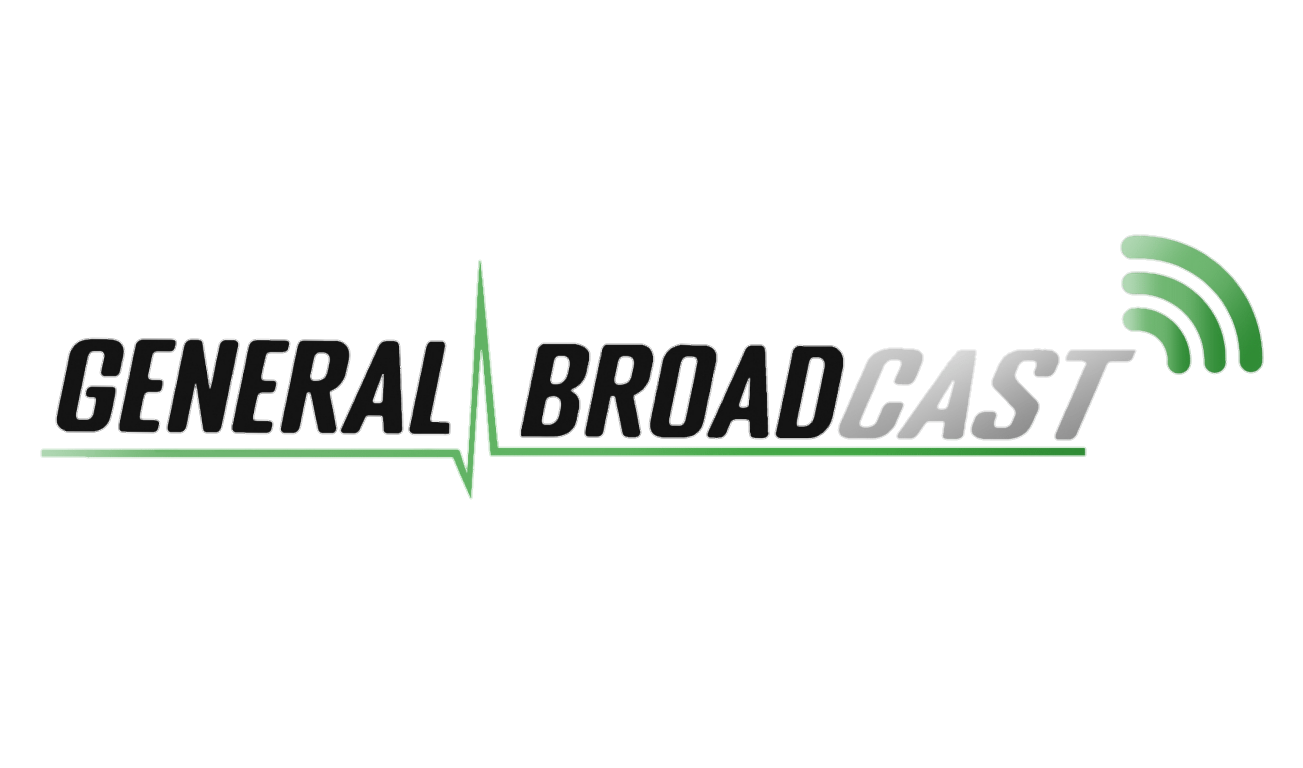Hanging
“The incidence of cervical spine injuries in suicidal hangings with a short-drop has been reported to be extremely low or non-existent”
Take away points
Take away points
Hanging is the most common form of suicide in the UK, especially in males and the younger population. This means that ambulance clinicians are likely to be exposed at some point in their career to cases of hanging.
When people think of hanging they often think of a long drop judicial style hanging from height, however it is much more likely that short drop or lean in hangings will be what is encountered.
Hanging can rapidly lead to cardiac arrest and the mechanism of this involves loss of consciousness from compression of the neck structures and anoxia which will eventually lead to a hypoxic myocardium +/- vagal impact.
Contrary to common belief c-spine injuries are rare unless a long drop MOI and whilst should be considered, should not prevent more important management and care.
When cutting down patients found hanging try where possible to cut the bite of the ligature in the loop and not the knot itself, for forensic reasons.
But remember life preservation is always the priority. Manage patients in cardiac arrest as a hypoxic reversible cause. Whilst VF can occur early, often PEA/ Asystole is the more common initial rhythm.
Good airway management and oxygenation is essential to care. Consider requesting additional assets such as critical care as intubation or need for surgical airway may be required, however in the main simple adjuncts and IGELs will be more than sufficient especially in the cardiac arrest phase of care.
Gain early IV/IO access and give adrenaline early.
Be prepared for an early ROSC and plan egress. If ROSC is achieved manage this the same a traumatic brain injury. Provide oxygen, maintain sats to 95-98%. possibly avoid c-spine collars, raise head up 30 degrees and prevent high temp development.
Strongly consider critical care for early as PHEA is beneficial for brain protection.
In the presence of bradycardia / hypotension Use fluids cautiously due to the risk of development of pulmonary oedema, instead consider the use of post rosc adrenaline.
If appropriate family and those on scene may be refered to support avenues.
GP alert for relatives, make them aware of need for support.Samaritans - text SHOUT to 85258
https://www.cruse.org.uk/get-support/ - offers face-to-face, telephone, email and online support for anyone who has experienced a loss.
https://www.papyrus-uk.org/ - Charity working to prevent suicide in young people
https://uksobs.org/?doing_wp_cron=1678988791.6697299480438232421875 - Survivors of bereavement by suicide. National support and advice line
Make sure you debrief the incident, take care of your own emotional and mental health after incidents such as these. The ambulance staff crisis phone line is 0300 373 0898. Look after your health and that of your colleagues.
Remember, clinicians are responsible for their own practice. These podcasts are produced for informative purposes and should not be considered solely sufficient to adjust practice. We provide lots of learning resources, so don’t just take our word for it…navigate to these and reflect on this topic further. See "The Legal Bit" for more info.
If you’ve got any comments on the article or podcast, please let us know using our Contact page, comment below or talk to us on Twitter!
Alternatively, you can come and chat with us about it on our Facebook group Parameducate.
If you like the podcast please leave us a review on the App store as it really helps boost our visibility so others can find our content, remember to tune in next month for our next General BroadCAST and don’t forget that you can check out our Archive for more free CPD!
References
Bennewith O, Gunnell D, Kapur N, Turnball P, Simkin S, Sutton L, et al. Suicide by hanging: multicentre study based on coroners’ records in England. Br J Psychiatry 2005; 186: 260–1
https://www.sciencedirect.com/science/article/abs/pii/S0736467919301398
Sauvageau et al 2010 8 filmed hangings
Matsuyama Okuchi Seki et al prognostic factors in hangning injuries. Am j Emerge Med 2004 22:207-210
https://www.speakingofsuicide.com/2017/09/21/suicide-language/
http://www.capitalpunishmentuk.org/hanging2.html
https://www.sciencedirect.com/science/article/abs/pii/0379073892900839
https://pubmed.ncbi.nlm.nih.gov/19306616/
https://link.springer.com/article/10.1007/s12024-014-9550-y
(https://journals.sagepub.com/doi/abs/10.1177/000313481908500534?journalCode=asua)
https://www.sciencedirect.com/science/article/abs/pii/S0300957202000503 Penney, Stuart & Parr, 2002.
https://pubmed.ncbi.nlm.nih.gov/15275002
https://journals.plos.org/plosone/article?id=10.1371/journal.pone.0246898#pone.0246898.ref006
https://www.sciencedirect.com/science/article/abs/pii/S0735675704000488 Matsuyama et al
https://pubmed.ncbi.nlm.nih.gov/22333907/
https://pubmed.ncbi.nlm.nih.gov/22310139/
https://pubmed.ncbi.nlm.nih.gov/15659471/
https://www.sciencedirect.com/science/article/abs/pii/0379073892900839
http://www.capitalpunishmentuk.org/hanging2.html
https://pubmed.ncbi.nlm.nih.gov/16307930/
https://forensicmed.webnode.page/pathology/pressure-to-the-neck/
https://pubmed.ncbi.nlm.nih.gov/15138959/
https://onlinelibrary.wiley.com/doi/epdf/10.1111/j.1556-4029.2010.01434.x?saml_referrer
